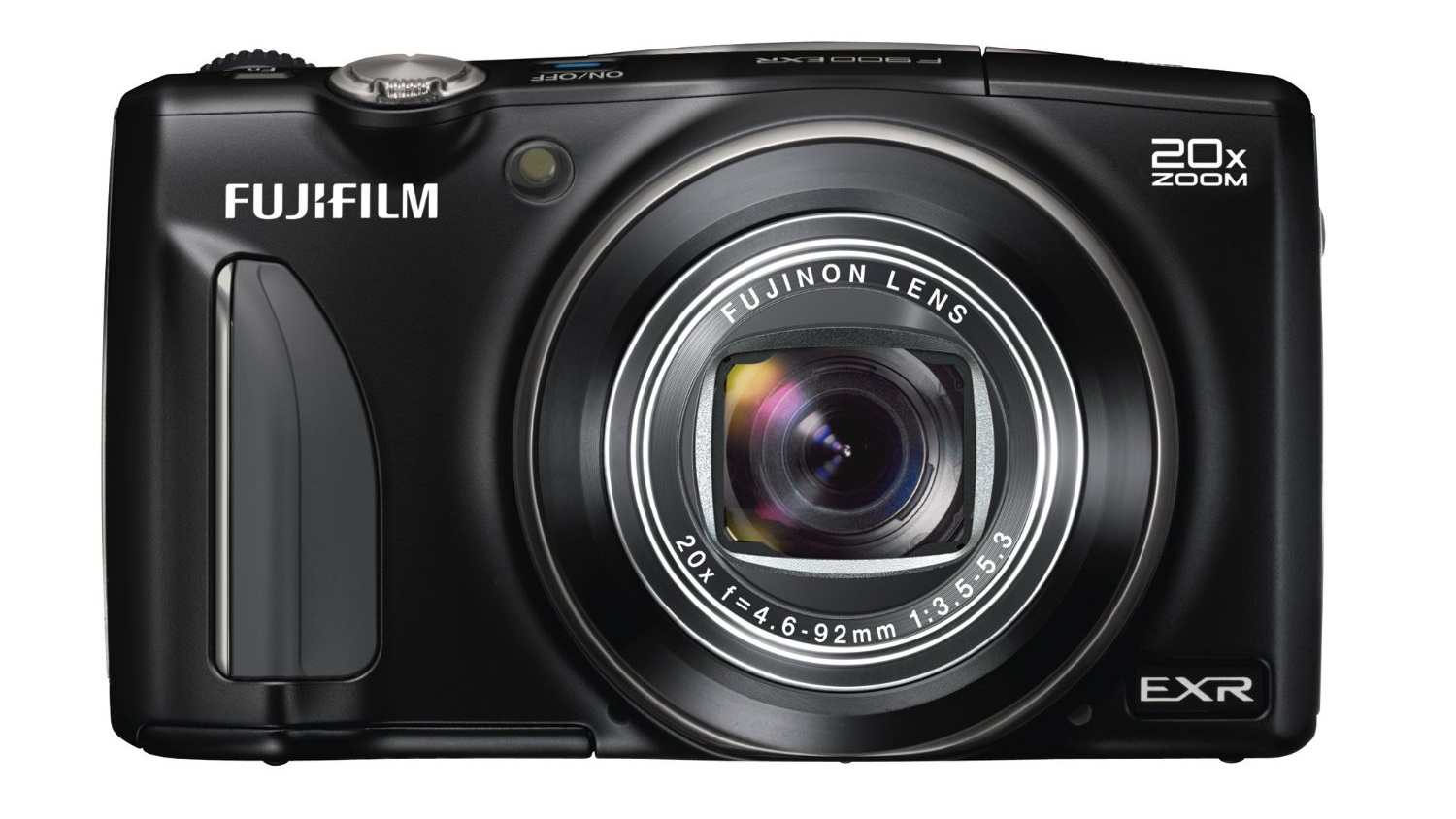TechRadar Verdict
Pros
- +
Great zoom range
- +
Raw shooting capability
- +
Decent image quality
- +
Super-fast autofocus
Cons
- -
No touchscreen
- -
EXR system often captures at half resolution
- -
Underwhelming panorama mode
- -
Wi-Fi could be easier
Why you can trust TechRadar
The Fujifilm FinePix F900 EXR marks the brand's latest and greatest entry in its Advanced Compact lineup of feature-laden compact travel zoom cameras.
You'll have a hard time telling it apart from the former range-topping Fuji FinePix F800EXR - and a couple of other models for that matter - because externally they're virtually identical, sharing a very similar case design.
Likewise, the Fuji F900 EXR also inherits Fuji's 20x optical zoom lens with its 25-500mm focal length range (in 35mm camera terms). Digital zoom can double this to a 40x magnification if you're prepared to sacrifice a little detail, while sensor-shift image stabilisation is employed to help tame camera shake.
Sharing your photos should be a cinch too, thanks to Wi-Fi transfer to computers and mobile devices, with a new 'PC Autosave' feature extending this to automatically back up your snaps straight to a PC or Mac.
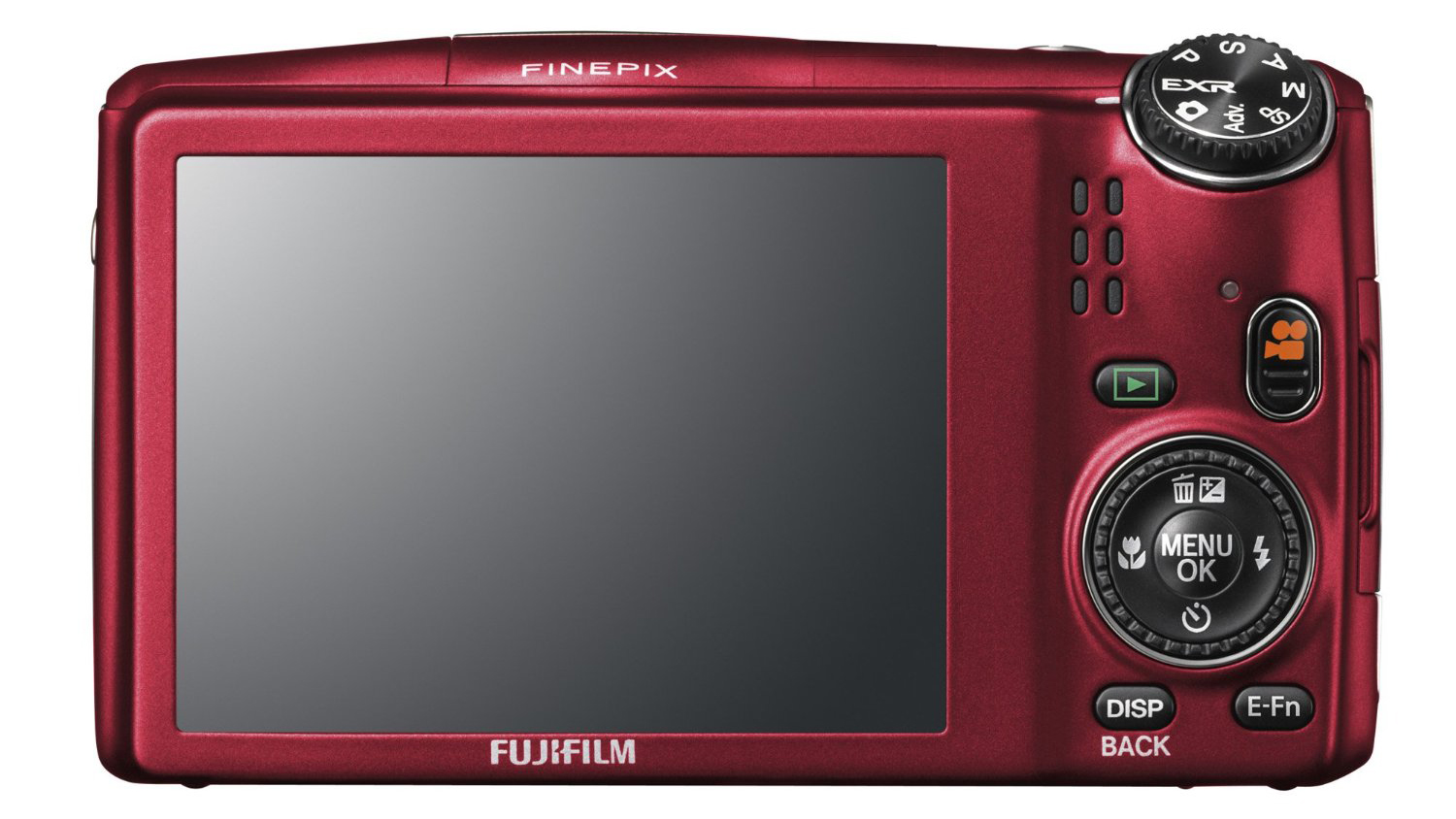
Naturally you get Full HD 1080p video recording plus stereo sound, while Fuji's EXR Processor II is fast enough for a continuous shooting rate of 8fps at full resolution. If you'd prefer quality over speed, then the Fuji F900 EXR will also shoot in raw, or combined JPEG+raw mode.
But where the new camera really earns some bragging rights is its revamped 16 megapixel EXR CMOS II image sensor, plus a super-fast autofocus system with a claimed 0.05 second lock-on speed. The technology's already been proven in the big Fuji HS50 EXR bridge camera, where normal contrast-detect autofocusing is boosted by the phase-detection method for faster focusing in all shooting conditions.
EXR sensor technology, on the other hand, is a long-established Fuji favourite. Through the process of 'pixel binning', adjacent photo sites on the sensor can be paired together to increase light sensitivity and dynamic range, giving you cleaner images in low light, or better shadow and highlight detail in high-contrast situations.
Sign up for breaking news, reviews, opinion, top tech deals, and more.
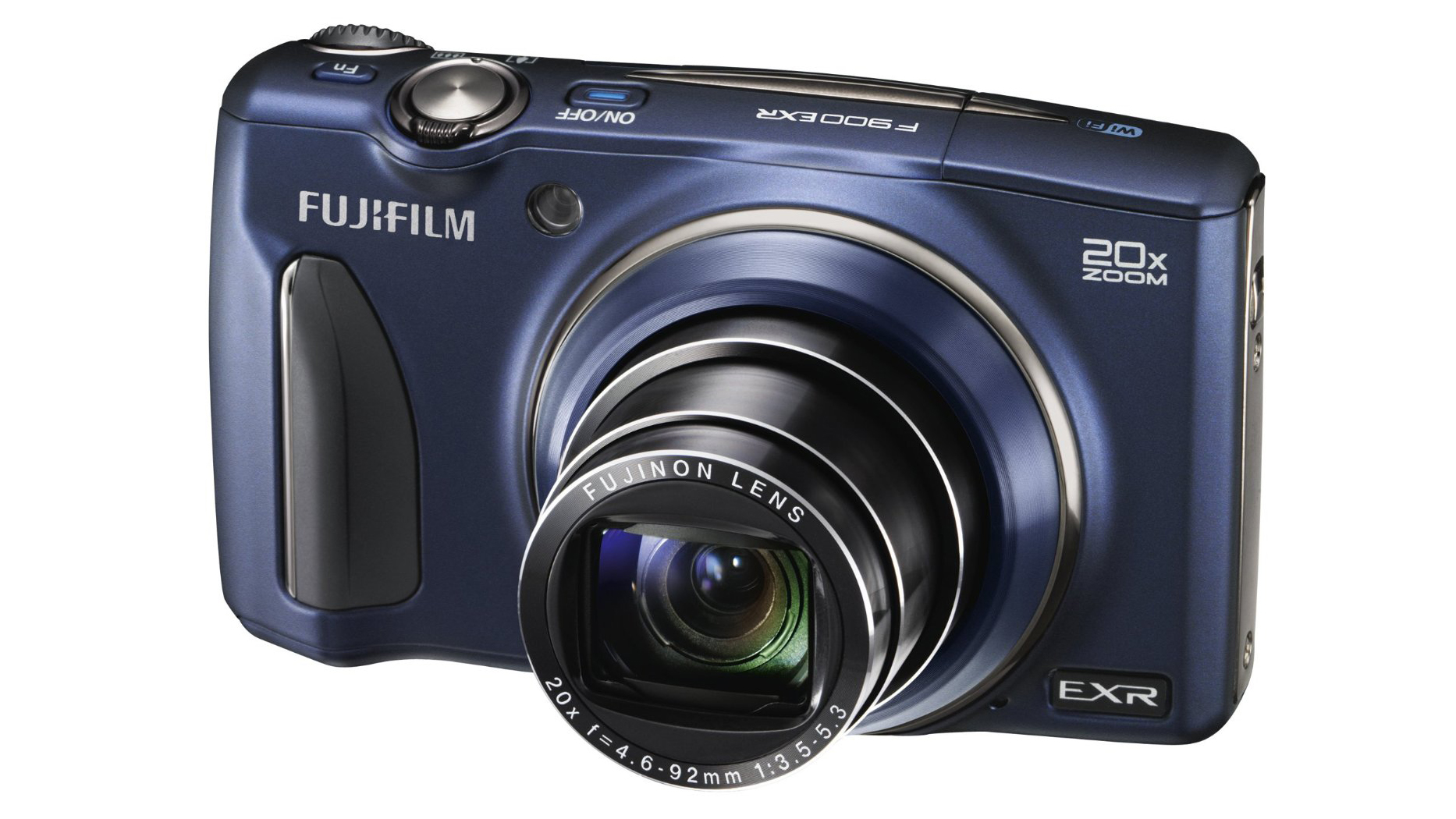
The downside of pairing pixels is that many images captured in EXR mode will only be at 8MP, unless the Fuji F900 EXR's system system detects optimal conditions and lets all 16 megapixels loose.
However, with other manufacturers now managing similar low light performance without having to resort to smaller images, can the Fuji F900 offer enough to compete against superzoom stunners such as the 20x zoom Panasonic TZ40/ZS30 (£330/US$400/AU$500), 20x Canon PowerShot SX280 HS (£260 / US$330 / AU$300) and Sony HX50V (£350 / US$450 / AU$500) with its impressive 30x zoom lens?
The Fuji F900 EXR is priced at £309.99/US$399.95 (around AU$525), putting it in the same sort of price bracket as these rivals.
Build quality and handling
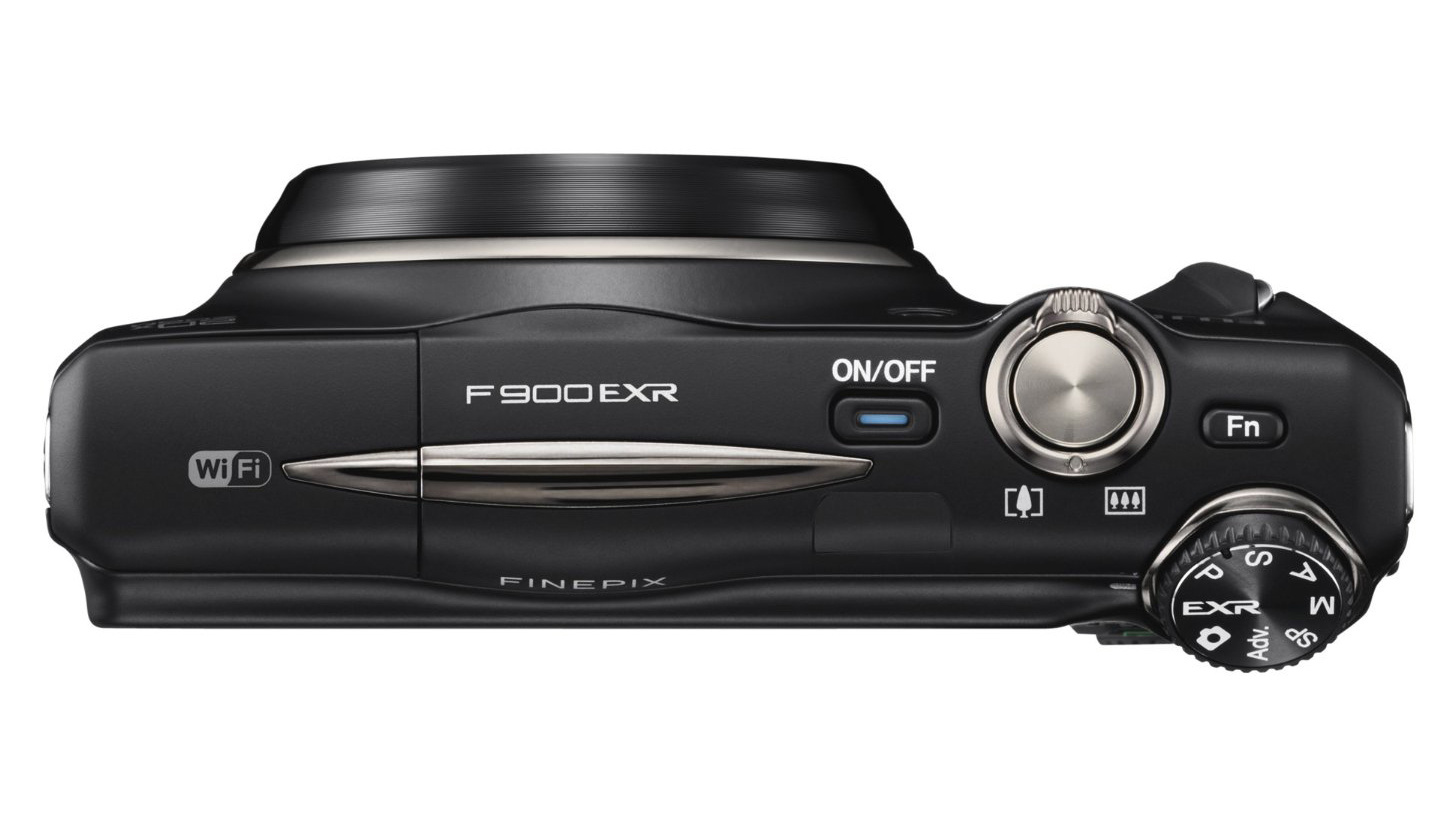
Fuji compact cameras have usually felt like quality pieces of kit, and the Fuji F900 EXR is no exception. Its casing feels reassuringly solid and is clad in a tactile, subtly rubberised coating to give you extra purchase. An excellent front finger grip and a secure rear thumb indent add even more ergonomic appeal.
Considering you're getting such a huge focal length range, the Fuji F900 EXR is still very much a compact camera, easily slipped into a pocket or small handbag. However, its retracted lens bulge does make it seem notably pudgier alongside the sleek Panasonic TZ40, and at 232g/8.1oz ready-to-shoot it's also noticeably heavier.
Although there's no optical viewfinder, the 3-inch, 920k-dot LCD screen boasts excellent colour reproduction and viewing angles. Brightness is good too, though it's not quite enough to accurately judge exposure under very bright sunlight. It's also a shame there's no touchscreen functionality.
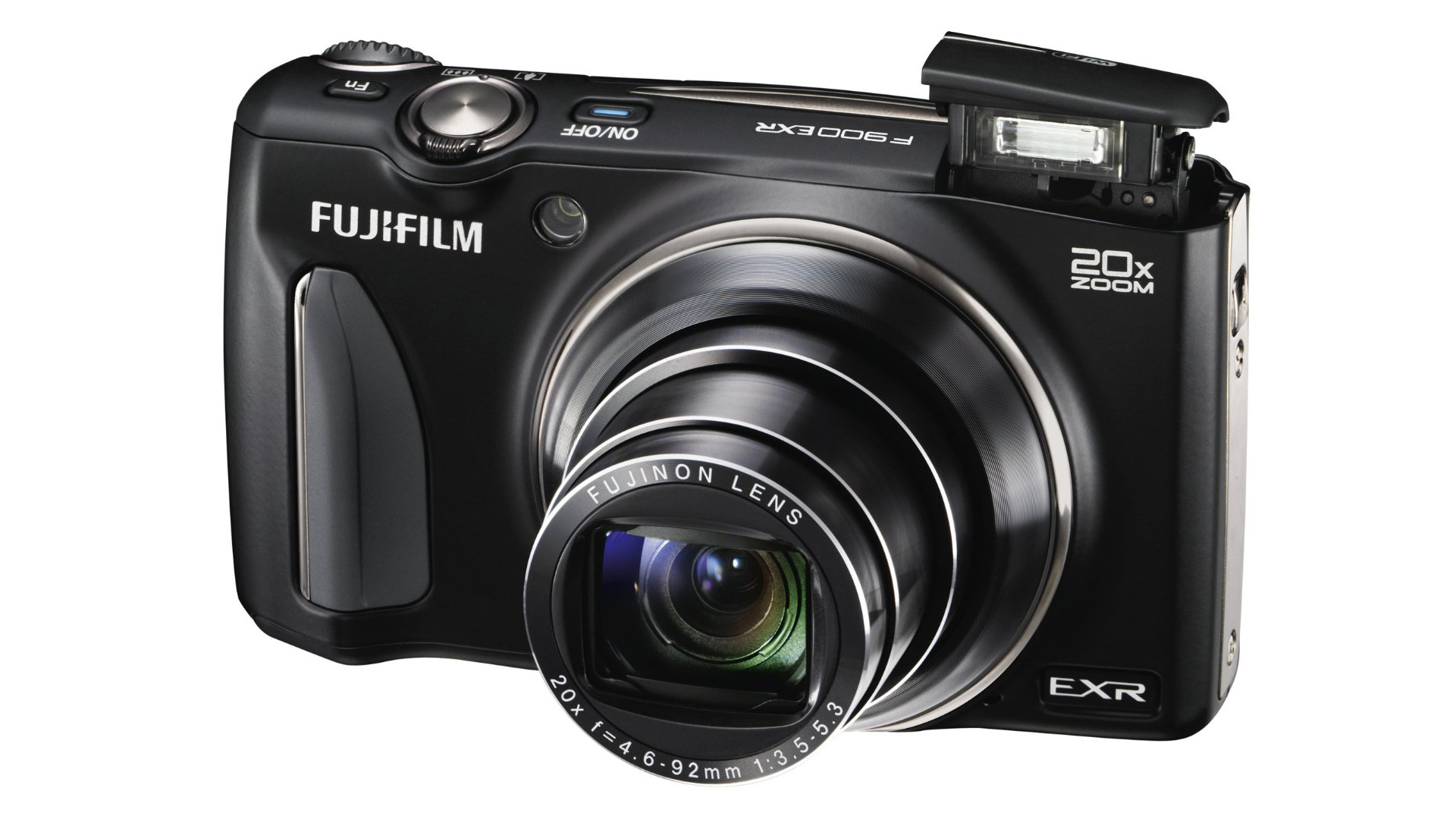
As well as your standard rear buttons for playback, video record and basic shooting settings, Fuji also gives you a jog wheel for faster scrolling through menus and images. It's great in theory but it's too thin to rotate with ease, yet at the same time it's annoyingly easy to nudge it when you're trying to press nearby buttons, thereby activating unwanted functions.
The main control dial is a much better design. Mounting it at an angle means it's equally well viewed whether you're above or behind the camera, and it has enough resistance between each mode to prevent accidental movement.
Modes include programmable auto, aperture and shutter priority options, as well as full manual control. As we mentioned before, you can choose to shoot JPEG or raw files, or both simultaneously.
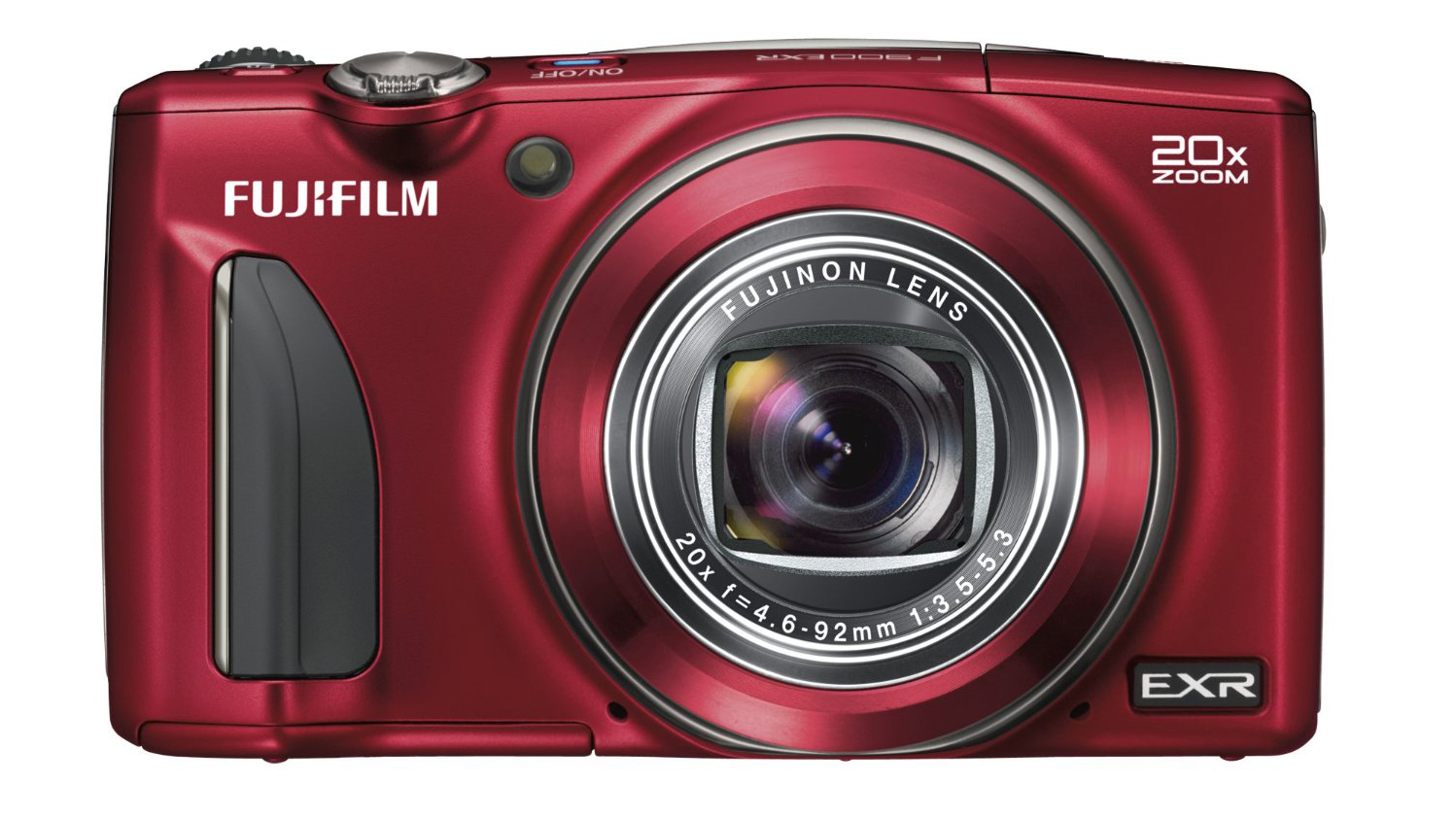
In addition to a standard Auto setting, EXR mode unleashes the camera's full arsenal of scene detection tricks, or you can switch to the Scene Presets when shooting events such as fireworks, sport or even underwater scenes using an optional housing.
Entering into Advanced mode reveals the motion panorama function as well as eight effect filters including Toy Camera and Partial Colour.
Performance
Fuji is keen to sell the F900 EXR on its speed, so fortunately a 1.5 second start-up time is none too shabby. But what about that lightning-fast autofocus? Well it's certainly quick, though it's worth noting that the quoted 0.05-second focusing speed only applies to the most optimal of environments. Dim the lights and the system hunts for a moment, but is still impressively rapid.
Exposure metering is another of the camera's fortés, and is very hard to fool. Combined with the EXR system's dynamic range enhancement it makes the Fuji F900 EXR particularly good at preserving highlight and shadow detail in high-contrast situations. Here the lens is prone to some chromatic aberration (purple fringing), but unless you're a hardcore pixel-peeper, it's by no means distracting.

EXR mode also copes well in low light. Sure, images will be mostly shot at 8MP - as they are in high contrast situations - but grain is well subdued and colour speckling all but eliminated right up to ISO 1600 sensitivity.
The camera will soldier on as far as ISO 12800, though only at 4MP resolution and with hideous levels of image noise at this setting.
Extensive noise reduction does, however, have the usual knock-on effect on detail. Even at low sensitivity settings some detail smearing can be spotted, but venture past ISO 800 and things get progressively more painterly. Considering you're likely to only have an 8MP image to work with, there won't be much scope to shrink images to improve sharpness, either.
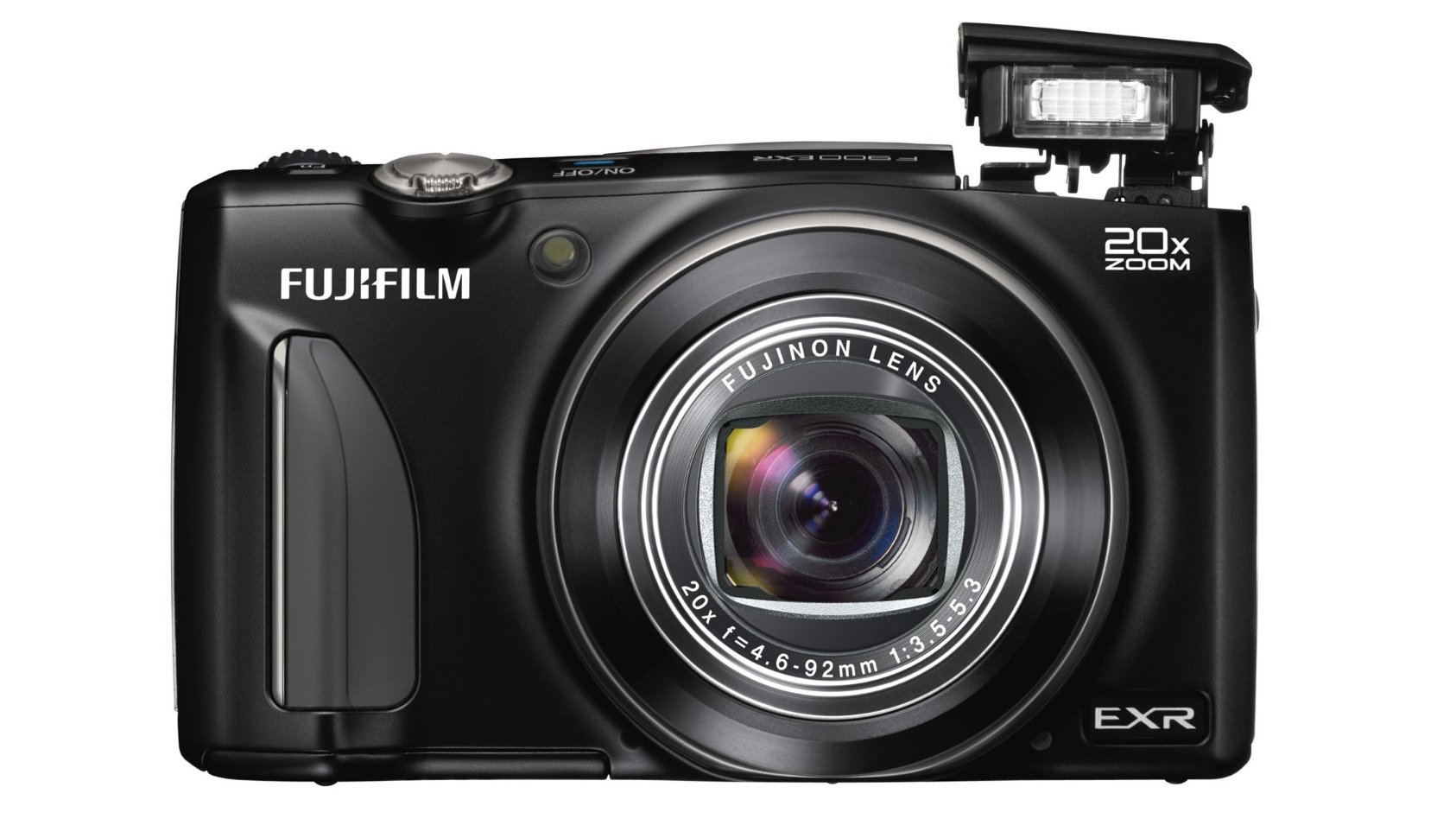
Break out some of the special effects and results are a slightly mixed bag. 'Pro Focus' takes a series of shots of your subject in an attempt to mimic the shallow depth of field and blurry backgrounds in a DSLR image. It just about succeeds, providing you don't look too closely for sharpening outlines.
However, the panorama feature is less impressive. Rather than panning as far as you like, you're forced to pre-select between 120, 180 or 360 degree sweeps. Vertical height is also restricted to 1080 pixels, but at least the joins are pretty seamless.
Wireless image transfer is another instance of a feature that works well enough, but just isn't quite up to the finesse of rival systems. You'll have to install Fuji's mobile app and connect to the Fuji F900 EXR's Wi-Fi hotspot in order to receive images, just so long as you're quick enough to do so before the camera has enough and times you out.
Verdict
The Fuji FinePix F900 EXR is an example of a very good camera that is just starting to lag behind some exceptional competition. We've got no complaints about the stellar speed and accuracy of the new autofocus system. Likewise the EXR CMOS II sensor delivers the goods, but at a cost.
Granted, halving resolution to 8MP in high contrast or low light situations still leaves you with a large image packing decent detail, but it's a compromise that competing manufacturers don't have to make.
The camera's Wi-Fi abilities and some of its effect presets also leave you feeling just a little underwhelmed.
We liked
The Fuji F900 EXR nails the basics, producing good image quality backed up by speedy autofocus and accurate exposure metering.
Optically the camera is strong, thanks to its highly versatile focal length range, minimal lens distortion and well controlled chromatic aberration. Raw capture is also nice to see on a camera in this sector.
We disliked
It's the extra features which let the side down. Some effects such as the motion panorama mode feel outdated, while the wireless image transfer is just fiddly enough to put you off using it on a regular basis.
Although image quality is good, the EXR processing trickery is no better than alternative systems, yet it has to resort to smaller images to maintain clean shots and good dynamic range.
Final verdict
There's no doubt that the Fuji F900 EXR is a highly competent camera and a great travel companion with its excellent zoom lens, autofocus performance and decent image quality.
Taken in isolation, the lack of a touchscreen, sub-standard panorama feature and somewhat awkward wireless image sharing aren't deal-breakers.
But factor all these together with Fuji's ageing EXR system capturing so many images at half resolution, and the Fuji F900 EXR finds itself lagging slightly behind the best cameras in the class. And for a full price of £310 / US$400 (around AU$525), that's not a good position to be in.
Consider buying the excellent megapixel Panasonic TZ40/ZS30, Canon PowerShot SX280 HS or the Sony HX50V instead.
First reviewed 12 August 2013.
